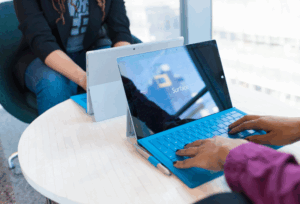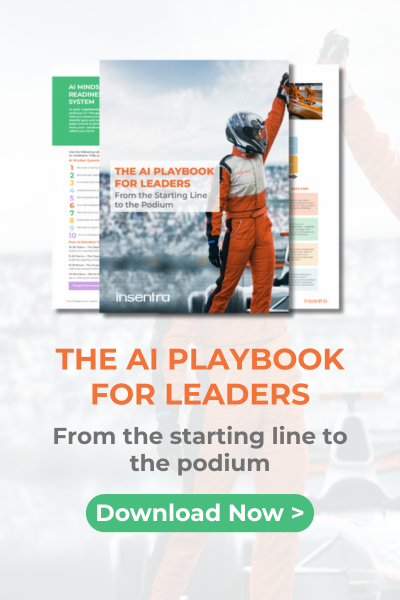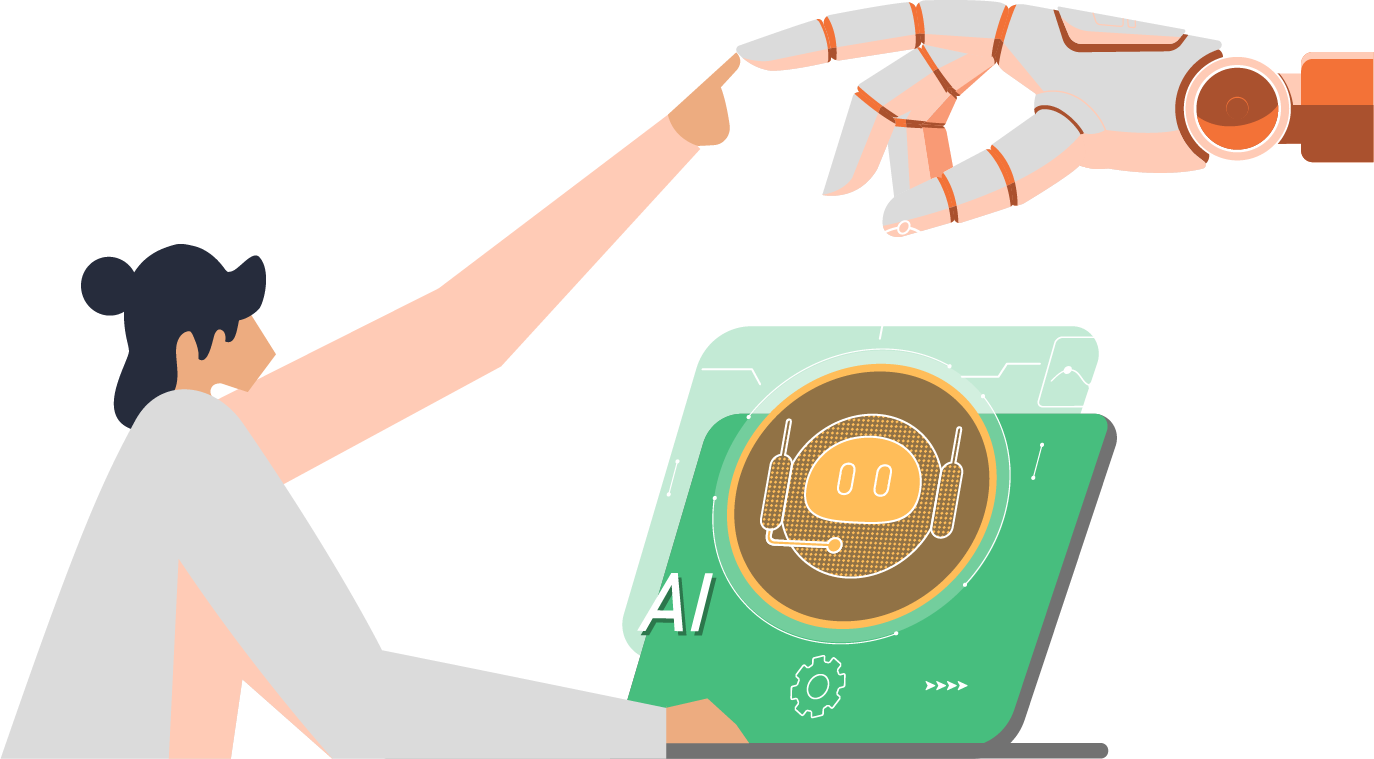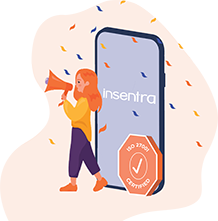What is AVD? In this episode, Consultant Robert Buktenica and Solutions Architect John Gallacher talk about a flexible cloud-based virtual desktop service: Azure Virtual Desktop (AVD). Previously known as Windows Virtual Desktop (WVD), AVD delivers a flexible desktop experience regardless of location.
TIMESTAMP
00:07 Introduction
00:28 The Brew
00:59 What is Azure Virtual Desktop (AVD)?
06:35 Conclusion
TRANSCRIPT
Introduction
Robert Buktenica: Hello everyone, and welcome to the latest episode of The Late Night Brew, where we talk brews first and then we get around to the other stuff. I’m Robert Buktenica, also known as Buk. Tonight on the show with me is John Gallacher to discuss AVD, Microsoft’s latest shiny toy. John, thanks for joining me.
John Gallacher: No worries, mate. Glad to be back again.
The Brew
Robert: No, it’s wonderful. Now, you know the drill. The important stuff. What brew are you having with me?
John: Well, that was, first of all, a terrible attempt at my accent. This is a Heineken. To be honest, I was hoping to bring on something a bit more exotic, but this was all I had in the fridge. It’ll have to do. I’m not fussy.
Robert: It’s a brew, it works. I, myself, have a wonderful topical Kilt Lifter Scots ale.
John: I love it.
What is Azure Virtual Desktop (AVD)?
Robert: A wonderful tribute to you, my friend. It is delicious. Scot-style ale, awesome. What exactly is Azure Virtual Desktop (AVD)?
John: Keeping this quite high-level, Azure Virtual Desktop is Microsoft’s PaaS offering for delivering Windows-based applications and desktops to end users. There has been a heap of innovation in the last couple of years. Funnily enough, it’s now September and it went global exactly two years ago. It did make quite an emphasis on the Windows part of that statement.
Really, if you went back three, four months ago, it was WVD, Windows Virtual Desktop. Just a little call out, it’s now called AVD. I think really, there’s a speculation is the fact that, maybe in the near future, we can also deliver Linux-based desktops and applications as well. For now, it’s basically Microsoft’s cloud offering of how we securely deliver apps and desktops to end-users.
Robert: Awesome. A quick definition: PaaS, Platform as a Service.
John: Platform as a Service, yes. That’s actually quite a key point because to really get an understanding of the true value of the service, you might go back in time, go way back to 25-30 years ago, you had Windows NT, you had terminal services, and I think there’s a notion of improving upon four key pillars, which is, improved management, improved access, improved performance and security, is something we’ve tried to do by centralising all of this.
Really, again, to your point being a platform service, with AVD, we’re removing lots of that infrastructure and making it a much simpler thing to look after and manage. We had a great discussion with Tom Hickling from Microsoft about three-four weeks ago. We asked him a similar question and his response was, “It’s like VDI without the I.” It’s like here’s your Virtual Desktop, you don’t have to worry about all this surrounding infrastructure like brokers and gateway servers and load balancers and all of that stuff that gets quite hard to manage.
Robert: With that, just to wet the appetites of the audience, what’s a real quick, high-level touchpoint on its capabilities?
John: Well, one of the main ones that’s been super attractive is the fact that in Azure, it’s the only place you can do Windows 10 multi-session. That’s been a big, big win. It’s been able to give that desktop at scale to multiple users and you can have multiple users on the one desktop. It means that you can really make the most of those resources. Like all things in public clouds, there is that almost fallacy that, “Oh, the cloud is cheaper.” It might not be in some scenarios. But, you have that option to be pretty careful and be controlled in how you’re scaling up your severs and how you’re bringing them down to maximise on your efforts, your deployments. It’s pretty cool.
Obviously, we’ve got Windows 11, it’s coming around the corner pretty soon. I believe that’s also in preview as well. I think one of the key things to add off the back of discussing the potential of Linux coming as well, it doesn’t really matter what you’re coming from. If you’re connecting from a Windows-based machine, if it’s Mac OS X, Android, even any device that’s capable of running an HTML5 browser, you can connect from that anywhere into your virtual desktop securely and have all your Windows-based applications you have to use as part of your day-to-day business.
Robert: Yes, I remember– this is probably 10 years ago, we thought it was so cool that we could connect to a Citrix desktop from the Android phone of the time. It’s awesome that it’s a neat attack and it’s still continuing and improving.
John: Yes, I think that’s been quite a big one because there’s guys and girls that are experts in the field, but because it’s almost like Microsoft’s blessing of the VDI, without entering the nuances of VDI versus server-based computing, ultimately, you’re delivering apps and desktops. It’s really blessing of doing that on a big scale in a true native-cloud offering, versus just spinning up remote desktop services in Azure, which is possible and which is supporting, and which probably happens still to this day.
I think that the more and more advantages we see coming from using AVD, what we can leverage, is it’s making more sense because most of the customers that are part of the eco-system, they might have their E3, their E5 licenses or Windows 10 Enterprise. They can just leverage that, and again, all they need to do is worry about the compute and what they’re actually using at various times. It’s definitely moving more and more towards that model. The licensing aspect is becoming less of a thing. We want money for the OS licenses, but you know what? Come and consume it and that’s where it’s at.
Looking back at the point about Linux, Microsoft are developing their own Linux distribution and it’s like well, that’s not going to be a paid-for OS license. That’s the whole point, it’s giving choice, giving variety, and basically bringing more people onto the platform that’s going to consume the services. There’s very much interesting times ahead, I’m sure.
Conclusion
Robert: Definitely. That does, unfortunately, wrap up our time today. I hope that you got to enjoy a delicious drink and watch John expound the next AVD. We have more episodes coming up, so stay tuned. Get in touch to stay in the loop to learn more. Until then, take care of yourself. Cheers. mate.
John: Excellent. Cheers, Buck.










